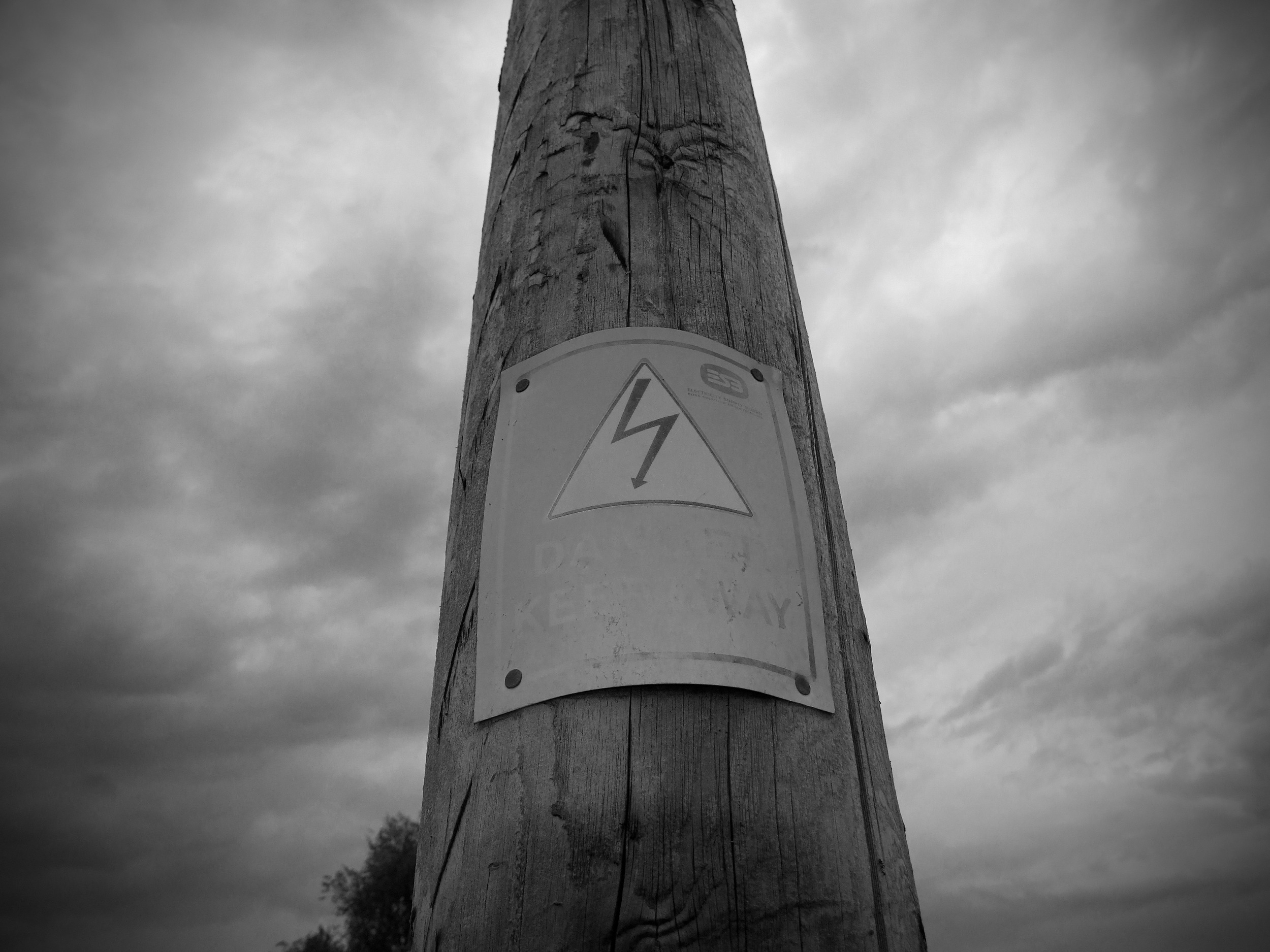
Directed by Pat Collins;
Written by Pat Collins, Eoghan Mac Giolla Bhríde and Sharon Whooley;
Featuring Eoghan Mac Giolla Bhríde
Some Spoilers Follow
Silence, the first feature film by documentary maker Pat Collins, is by no means an easy film. Held together by sparse plot, momentary dialogue and little characterisation, it provides minimal traditional traction for the audience.
What it is does provide is a stunning love letter to the flora and fauna of West Ireland, and a sobering meditation on the connection a people have with their homeland.
Beginning with a sojourn in Berlin (with some location work by Chris Watson), we meet Eoghan, an Irish émigré working as a sound recordist. The nature of a sound recordist is quickly defined in this first act. Eoghan stands below bridges and on street corners, headphones on and mics aimed, listening intently to the minutiae of the surrounding environment that escape the everyday listener. The oppressive din of the U-Bahn and traffic dominates these moments, completely obscuring the majority of one conversation, reminiscent of The Social Network's club scene.
Eoghan receives a commission to record the natural ambiances of West Ireland, completely away from any man-made noise. This creates a dilemma for Eoghan as he hasn't been home for more than a decade, yet, as anyone who lives in a city knows, he seems fatigued by the constant hum of urban life.

The film morphs between drama, documentary and nature film, using archive film and photos to punctuate scenes. Through all these lenses (and the anamorphic one fitted to the camera), Ireland is examined as an entity, the land cultivating a deep bond with it's inhabitants; history is carried on the wind, to be heard and inhaled.
The representation of a sound recordist at work is encouragingly accurate, perhaps falling a bit more into the realm of meditative activity than an activity focused on creating an end product. Eoghan sports Rycote blimps, Sennheiser HD IIs and a Sound Devices 722 protected in a Portabrace. The niche nature of sound recording is revealed in an exchange between Eoghan and a bar man, who's face broadcasts failure to understand the value of recording 'silence'.
In the films most philosophical conversation, writer Michael Harding states: "Whenever you sing a song, the first note comes out of silence, and the last note when you finish the song, falls away down into silence again". This underlines the ebb and flow of the film, with singular, small, intermittent bouts of human interaction and noise rising out of nothing, before we are treated to a rest of ambiance as heard through Eoghan's mics.

Ten years in production have resulted in a film that feels lean and well sculpted. Extraneous themes and influences have been relegated to the fringes of the film, but hover there always, making their presence known throughout. These influences, as expected, include the work of John Cage, Susan Sontag, David Toop and Ludwig Wittgenstein. The film contains several themes, too numerous and broad to discuss here. But these themes are weaved together tightly around the prodigal son plot, never weighing down the film.
I can imagine certain audiences being frustrated with the pace, ambiguity of the characters, lack of genre definition and specificity of subject matter, but truly I left the cinema in silence, feeling the film resonate with me for many days on numerous levels. I know already that it is a film that will stand to multiple viewings, as different elements can be pondered and unraveled in their entirety.
Essential viewing for any sound lover.











